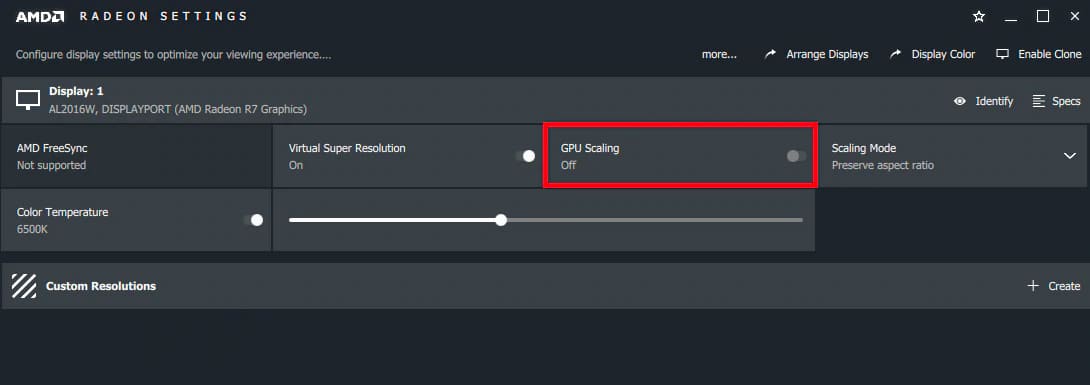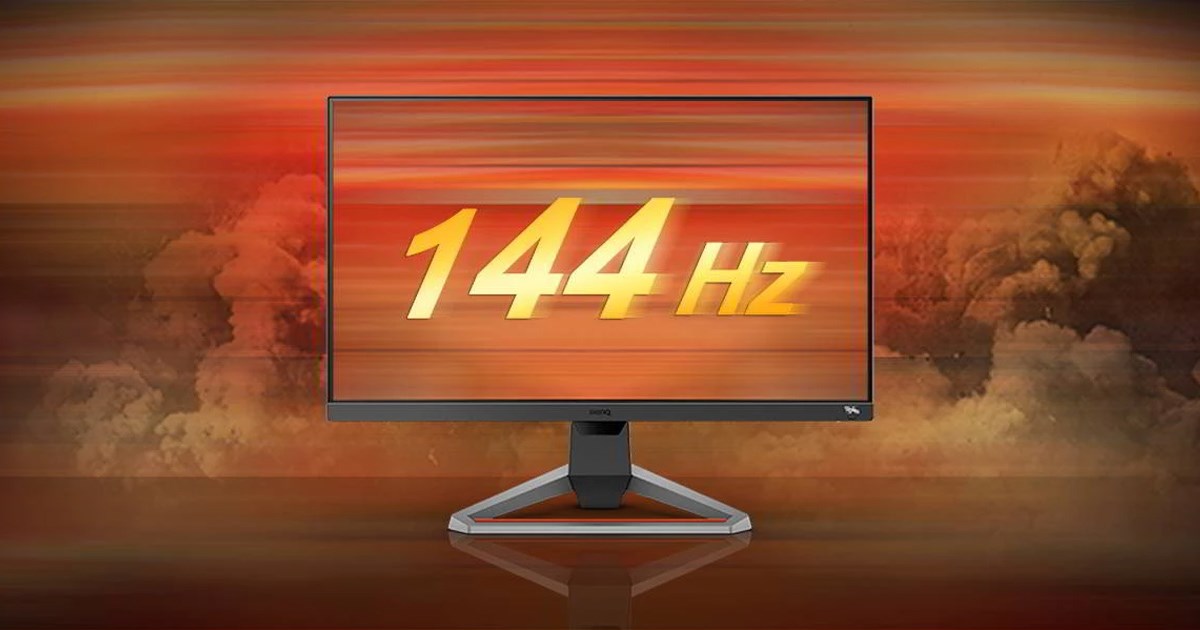Monitor Refresh Rate For Video Editing

Video editors face a critical decision point: selecting the optimal monitor refresh rate. Neglecting this choice can drastically impact workflow efficiency and the accuracy of final product.
Choosing the right monitor refresh rate—the frequency with which a monitor redraws the image on screen—is paramount for smooth editing, accurate motion representation, and overall productivity. Inadequate refresh rates lead to visual artifacts and hinder precise editing tasks.
The Refresh Rate Dilemma: What's at Stake?
The core issue centers around matching your monitor's refresh rate (measured in Hertz, Hz) to the frame rate of your video project. Mismatched rates can cause screen tearing, a jarring visual effect where portions of different frames are displayed simultaneously. This disrupts editing flow and distorts your perception of motion.
A higher refresh rate, such as 120Hz or 144Hz, isn't always better. The sweet spot depends on the project's frame rate. Editing 24fps footage on a 60Hz monitor is generally acceptable, while working with 60fps footage ideally requires at least a 60Hz refresh rate to avoid tearing. Aim for a refresh rate that's a multiple of your primary editing frame rate.
Decoding the Technical Jargon
Frame Rate refers to the number of individual frames displayed per second in a video. Common frame rates include 24fps (cinematic), 30fps (broadcast), and 60fps (gaming and smooth motion).
Refresh Rate is how often the monitor redraws the image per second. Measured in Hertz (Hz), a 60Hz monitor refreshes the screen 60 times per second.
Screen Tearing occurs when the graphics card outputs a new frame before the monitor has finished displaying the previous one. This results in a horizontal tear across the screen.
Critical Considerations for Video Editors
Project Frame Rate: Determine the frame rate of the majority of your projects. This is the primary factor. Editing predominantly 24fps content means a 60Hz monitor might suffice, but 60fps work mandates at least 60Hz, ideally higher.
Graphics Card Capability: Your graphics card must be powerful enough to output the desired frame rate at your chosen resolution. A high refresh rate monitor is useless if your GPU can't drive it. Budget for a card like NVIDIA GeForce RTX or AMD Radeon RX series for professional video editing.
Monitor Synchronization Technologies: Technologies like NVIDIA G-Sync and AMD FreeSync dynamically adjust the monitor's refresh rate to match the GPU's output, minimizing screen tearing. Consider monitors that support these technologies for smoother performance.
Actionable Steps for Optimizing Your Setup
1. Identify your project's dominant frame rate. Is it 24fps, 30fps, or 60fps?
2. Assess your graphics card's capabilities. Can it handle your target resolution and frame rate?
3. Choose a monitor with a refresh rate that either matches or is a multiple of your primary frame rate.
4. Enable V-Sync (Vertical Synchronization) in your graphics card settings if you don't have G-Sync or FreeSync. This can help prevent tearing but might introduce input lag.
5. Calibrate your monitor for color accuracy after setting the refresh rate. Color accuracy is crucial for video editing.
The Verdict: Prioritize Accuracy, Not Just Speed
While higher refresh rates often correlate with smoother visuals, they aren't a universal solution for video editing. Prioritize a refresh rate that aligns with your project's frame rate to minimize tearing and maintain editing accuracy. Invest in a capable graphics card and consider synchronization technologies for optimal results.
The video editing community is actively discussing monitor refresh rate best practices on forums like Creative Cow and Reddit's r/VideoEditing. Monitor these discussions for emerging insights and real-world testing results.
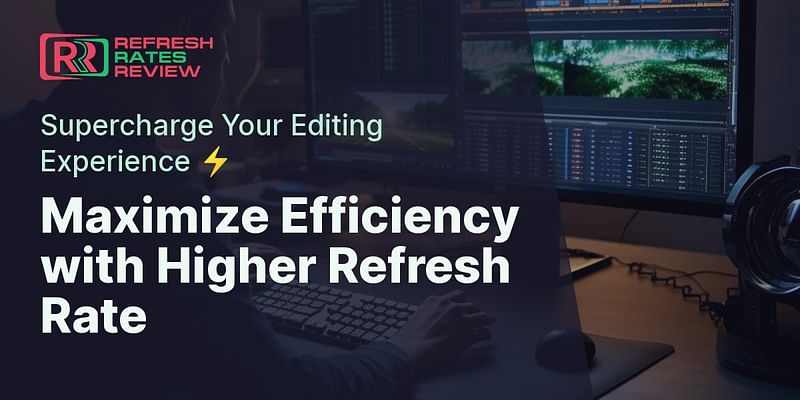
![Monitor Refresh Rate For Video Editing The Monitor Guide to Refresh Rates and Response Times [Updated]](https://www.cgdirector.com/wp-content/uploads/media/2020/05/TheGuideToRefreshRates-Facebook_1200x675.jpg)


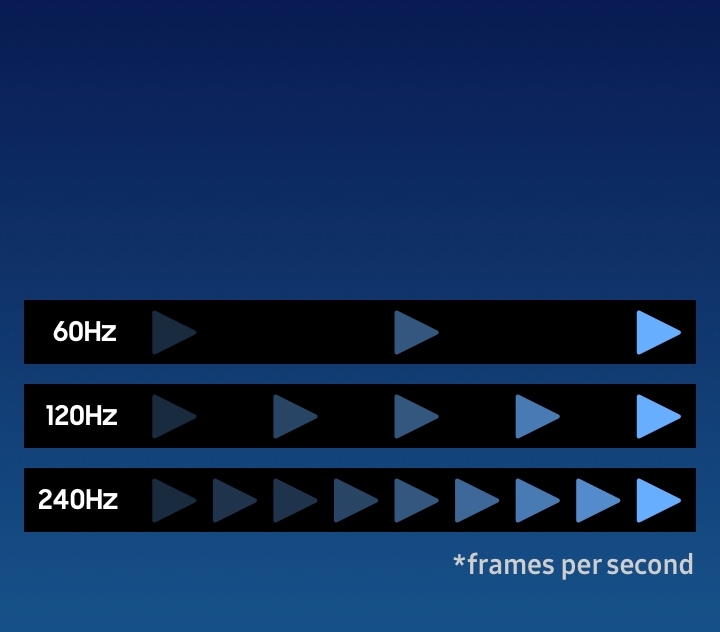

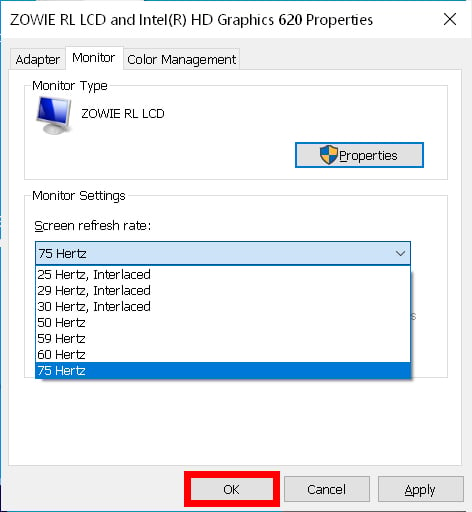
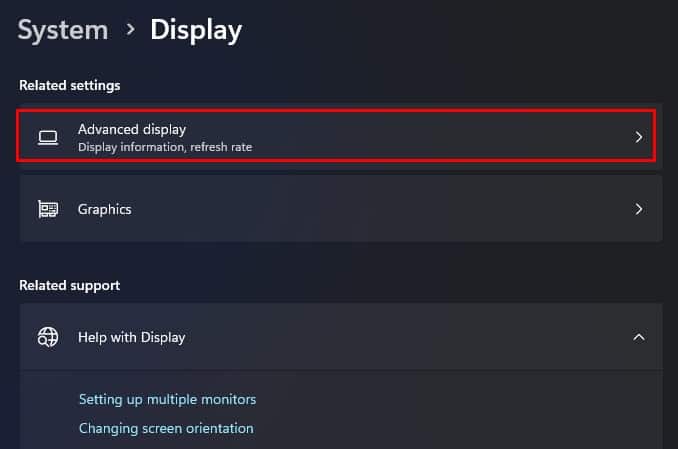
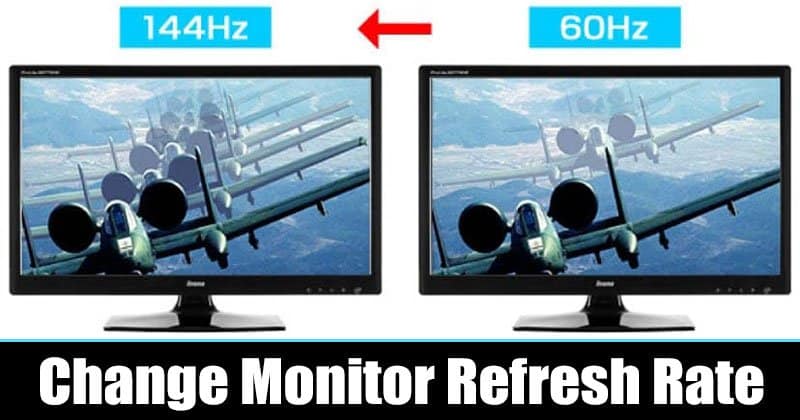
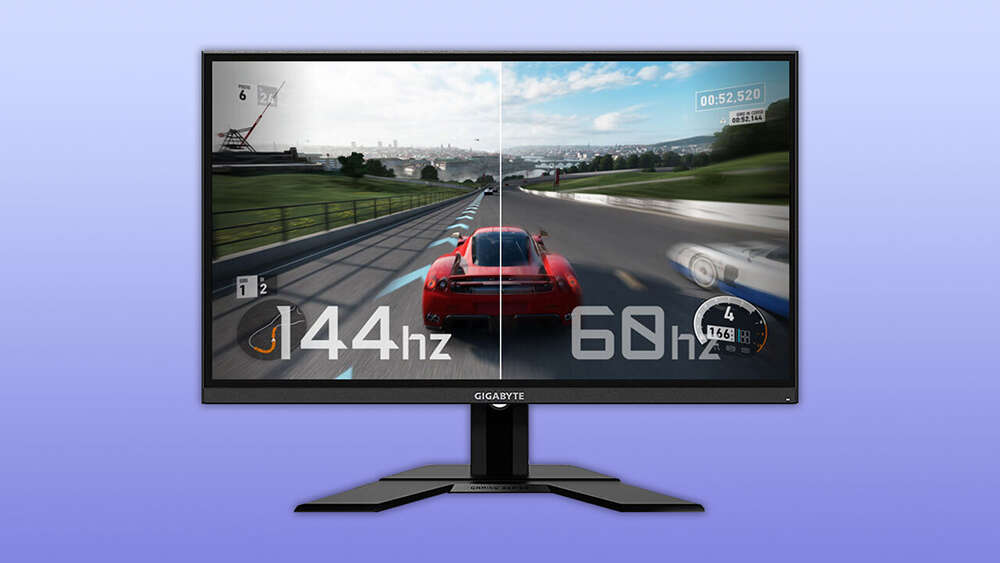


![Monitor Refresh Rate For Video Editing The Monitor Guide to Refresh Rates and Response Times [Updated]](https://www.cgdirector.com/wp-content/uploads/media/2020/05/Refrersh-Rate.jpg)



